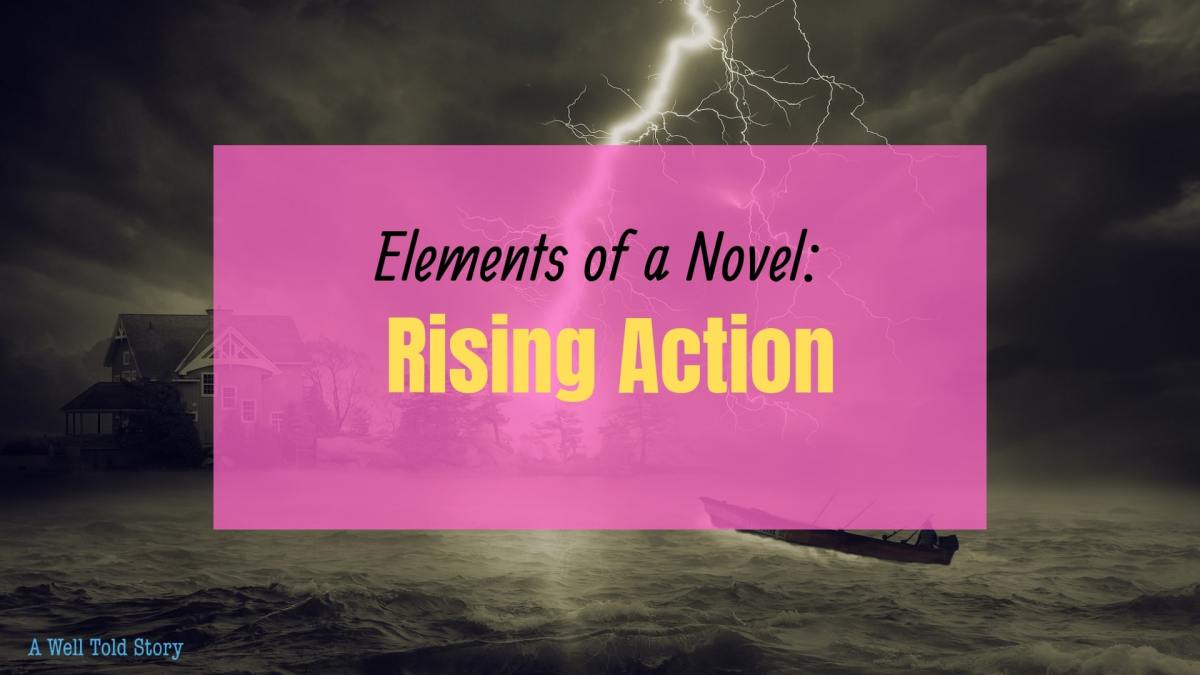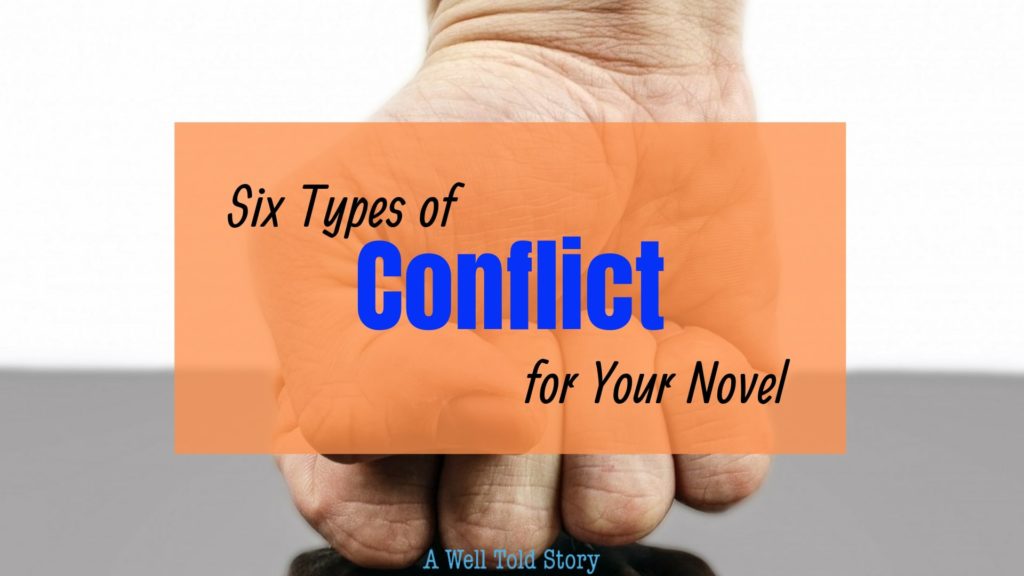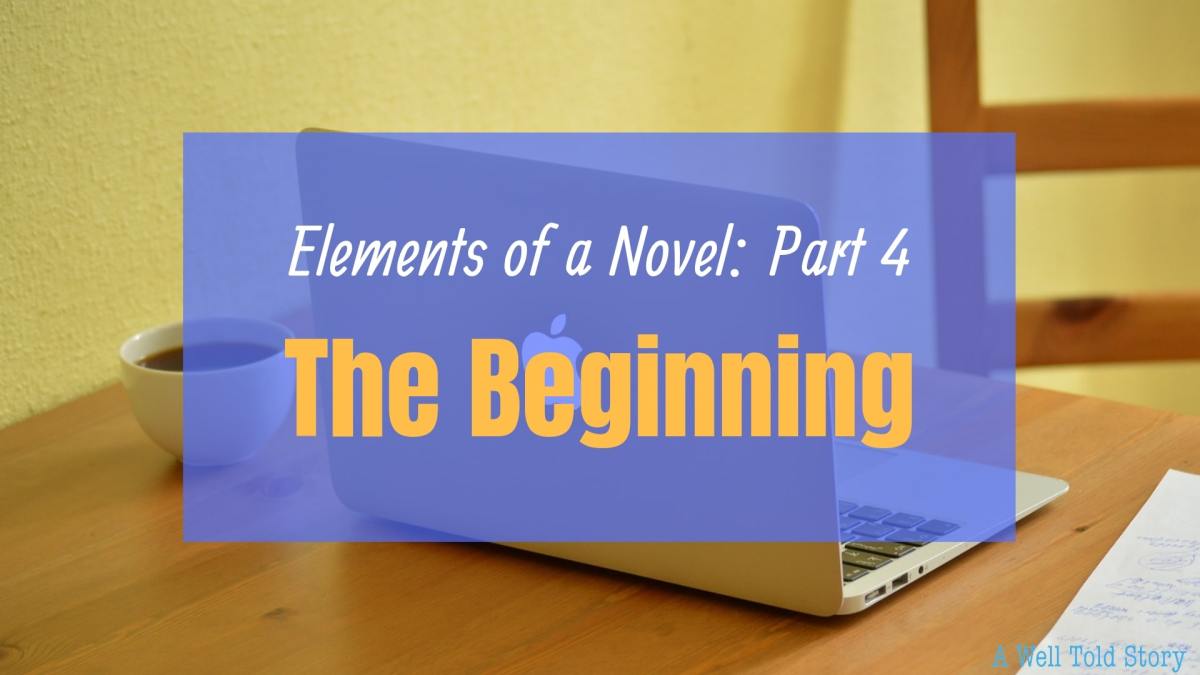
As much as we all love to write, there can be times when it feels like a chore. I think we’ve all had days when nothing in your writing seems to be working well together or times when everything else in life is a little nuts and it’s difficult to fit writing into your day.
Maybe it’s just me, but I’ve found that on off-days like these–when writing is hard, or when all I can find is fifteen minutes–writing starts to feel like a task I “have” to do, instead of a task I “want” to do. The biggest thing that has helped me in situations like these is a conscious effort to change my perspective.
Today, I’m going to tell you all about the perspective shift I use, how it helps, and handful of other perspectives that might help you see your writing in a more positive light. You can save these for days when writing is tough or use them every day as needed.
“I get to” vs. “I have to”
This was the big game changer for me. We talk a lot on this blog about creating a writing schedule, committing to your writing, and building a writing habit. And all of this is true and important in the long run, but some days are harder than others. There are days where your head is simply not in the game and honoring your commitment is a real struggle. On days like those, I often find myself thinking that I “have” to write. And what I realized is that thinking about writing this way makes it an obligation. I then realized that when I think of writing like this, it’s even harder to actually get the work in.
So instead, I change my perspective. It isn’t that I “have” to write. It’s that I GET to write. Time spent writing–even writing badly, and even writing for a limited time–is a gift. It’s something I GET to do. And I’ve found, when I take just three minutes to think about this perspective and make it my reality, it’s a lot easier to psych myself up, get something done, and actually enjoy doing it. It doesn’t matter if what I wrote is trash, or if I didn’t meet my goals. I got to write. And I will get to write tomorrow (or the next scheduled writing day). That’s the win!
This phrase alone is usually enough to get me in the right frame of mind. It doesn’t make my writing any better or fix any other issues in my life, but it makes me feel better about writing. And when I feel better I write better–even if I’m not writing “good” yet.
But if this phrase doesn’t do it for you, here are a few others to consider:
“I’ll fix it later”
When writing is rough, it can be really easy to get caught up in what isn’t working and to feel like you can’t move on until the scene/chapter/problem you’re working on is significantly improved. If you find yourself obsessing over what isn’t working, take a time out and remind yourself that (unless this is the very last problem in your book) this can be a problem for *future* you. Current you can decide that you’ve given this problem your all, and it’s time to move on.
My favorite part about his phrase is how freeing it is. I always find it very easy to get caught up in what isn’t working and then it hits me; I can fix it later! This immediately lifts my mood because it lets me give myself permission to move on to something that’s (hopefully) less of a problem. I’ve often found that time away helps refresh me and when I come back to the problem, it’s a lot easier to solve.
“X is working really well.”
Another good way to shift your perspective is to take a moment to celebrate what is working. There is a gem to be found in even the muddiest of scenes and I challenge you to find it. Maybe it’s a character who is really coming through. Maybe it’s a newly discovered plot point. Or maybe it’s the realization that the book would be working really well (or at least better) if you just cut the whole problematic scene altogether. This might not seem like a good thing, but trust me when I say, a serious weight is lifted when you realize you’ve eliminated an unnecessary problem from your to-do list.
But overall, if you’re keeping the scene, there’s likely a good reason for it. Find and celebrate that reason, and let that success carry you forward.
“I moved my story forward.”
Like we covered, some days are rough. Instead of focusing on what you didn’t do, focus on what you did. Even if you only wrote a sentence, you moved your story forward. That means you’re one step closer to finishing. This may not seem like much, but books get written one sentence at a time. One sentence written is one less you have to write. You may not want every day to look like this, but it’s still progress. That’s success! Let that perspective carry you into the next writing day.
“I love this.”
If you show up to write on a regular basis there can only one reason: you have to love it. I really can’t imagine showing up everyday if I didn’t. And yes, it’s not always fun and easy, but I think the feeling of a good writing day is worth all the bad ones combined. So if you catch yourself in the middle of a bad stretch, take a time out and remember what a good writing day feels like. Know that will come back to you–it always does. You just have to keep writing. I’ve found it’s easier to push through the bad days if I remember what’s waiting for me at the other end. I remind myself that I love this and I love that feeling and if I keep going, I’ll find my way back.
I hope this helps you stay postitive as you write!
Now it’s your turn: What helps you stay positive as you write? Tell me about it in the comments!
Pin it up!





























